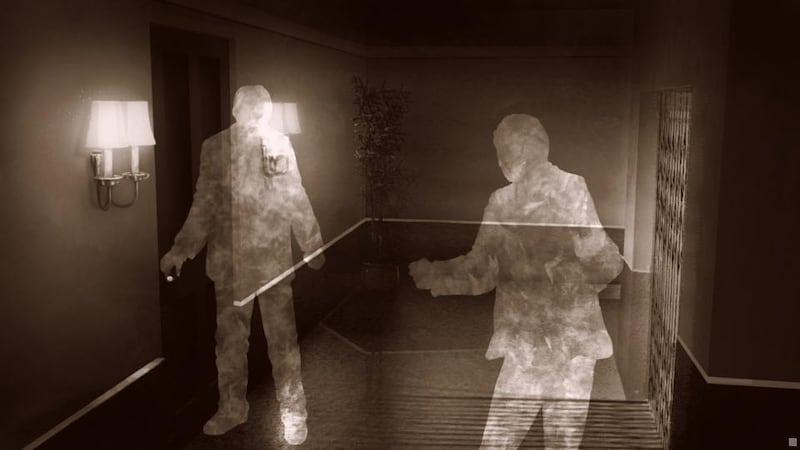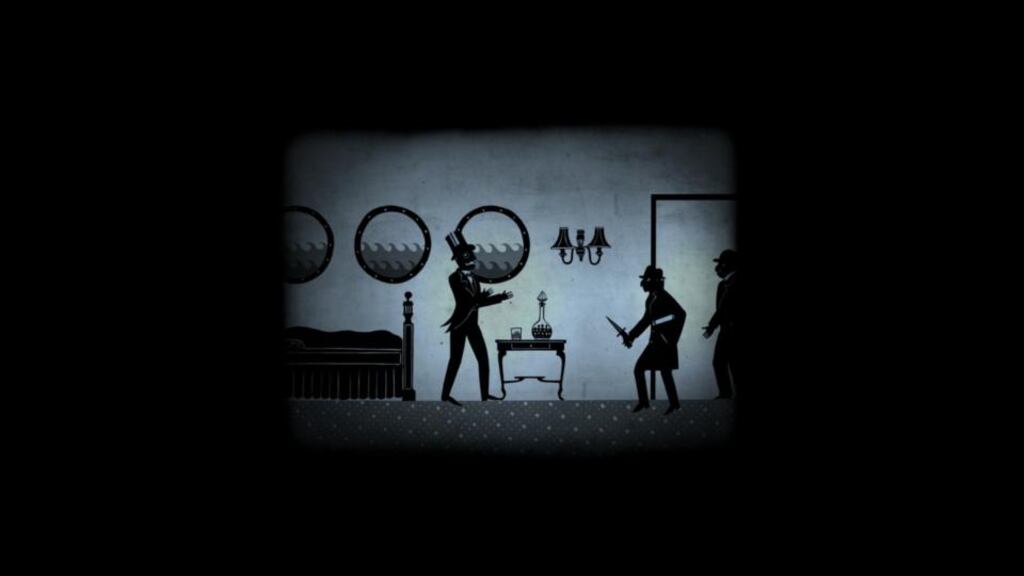There is a general consensus in the publishing industry that the future of digital publishing rests on the interactive e-book, which evolved with tablet technology. The interactive e-book puts the reader at the centre of the story by inviting them to actively participate in the fictional universe of the book, positioning the reader as a leading character, and allowing them to experience the protagonist’s environment and the key events of the book in a more visually immediate way. Of course, this is what books have been doing for centuries; reading is not actually a passive activity, and fiction requires that you do all this work yourself with language as the only visual aid.
The main arguments being made in favour of the interactive e-book is the potential for drawing the attention of younger readers to classic texts. By this logic, digital publishers are basically using technology as temptation to create a market for the written word in its new form, and it is easy to see how a pimped-up version of The Diary of A Young Girl, by Anne Frank (Penguin, £6.99), which includes facsimiles of Anne's original diary, would appeal to teenagers. Seeing her picture, deciphering her handwriting, closes the historical distance, though it is Anne's words which really succeed in recreating her world for us. The educational extras with this sort of enhanced e-book are undoubtedly a brilliant resource for students, but how does the interactive experience fare when you are coming to a classic work of fiction for the first time?
One of the biggest interactive releases of the year so far has been Faber's digital edition of John Buchan's spy thriller The 39 Steps (£4.99), which has been multiply adapted over the years, most famously in 1935 by Alfred Hitchcock. However, I had never encountered Buchan's seminal work in any form before picking up my tablet and downloading this new version. Produced in collaboration with The Story Mechanics, it is possibly the best and most fully realised example of interactive storytelling in the digital platform. However, its central flaws are exemplary of the unavoidable failures of the form in the adaptation of classic fictional texts.


Series of events
With a noir-ish score and attractive black and white visuals, The 39 Steps is immediately immersive, and the first engagement makes the bare bones of the coming story clear as you are cast as the protagonist. It is 1915. Your name is Richard Hannay. You are a returned colonial who has recently arrived back in London and a neighbour has just been murdered in your apartment. This sets you off on a journey which takes you from the centre of the empire to the wilds of Scotland, pursued by motorcades, aeroplanes and strangers on foot. Your actions, it seems, are of political rather than merely personal consequence.
However, the immediate engagement feels less like reading than like playing a role-playing video game. Where the original book follows a traditional chaptered layout, the e-book is structured as a series of events, and as the reader completes or “achieves” each event they are returned to the title page to move the story on. This seriously affects the pace and suspense of Buchan’s thriller. Visually, it works hard to steep us in the fictional world, but structurally it keeps denying us immersion. The mechanics of this immersion also don’t really make sense. The reader hasn’t really “achieved” anything: many of the tasks are optional – pouring a drink by following a particular sequence of swipes – and thus not really necessary to the story at all, while others – opening a door – need to happen anyway for the story to progress. Is this actually an achievement? Only in the same way that turning a page is.
Indeed, the big problem is that The 39 Steps actually remains too true to the source material to be truly interactive, and yet this can hardly be levelled as a criticism: when presenting a new version of a classic text, surely faithfulness is key. Where a role-playing video game enables you to live out and create any world you want, with each decision you make having natural consequences, in The 39 Steps your choices do not and cannot change the outcome of the story. Buchan, not the reader, is the true author of this world, so the interactive interventions are just a bit pointless.
But there are some really good elements too. The characters are presented in silhouette, for example, which encourages us to visualise our own version of them (yes, just as a traditional reading experience would), but it also adds to the noir-ish atmosphere. There is a variety of visual modes of exposition, meanwhile, which keep the form from being repetitive: voiceover; live-action dialogue; and short animated silent films bring us the characters’ backstories while again staying true to the time period.
And yet overall the general sense is that the e-book is trying a little too hard to distract us from the fact that in this instance the reading experience actually suffers. The constant swiping and tapping that is necessary to reveal piecemeal nuggets of dialogue and text is slowly exhausting, killing the suspense, while nowhere in the e-book version is the full text of Buchan’s book made available to the reader. If anything, the e-book will actually send you looking for the paperback, as it did this reader.
But surely that’s a victory for Buchan and the publishing industry, whatever way you look at.












